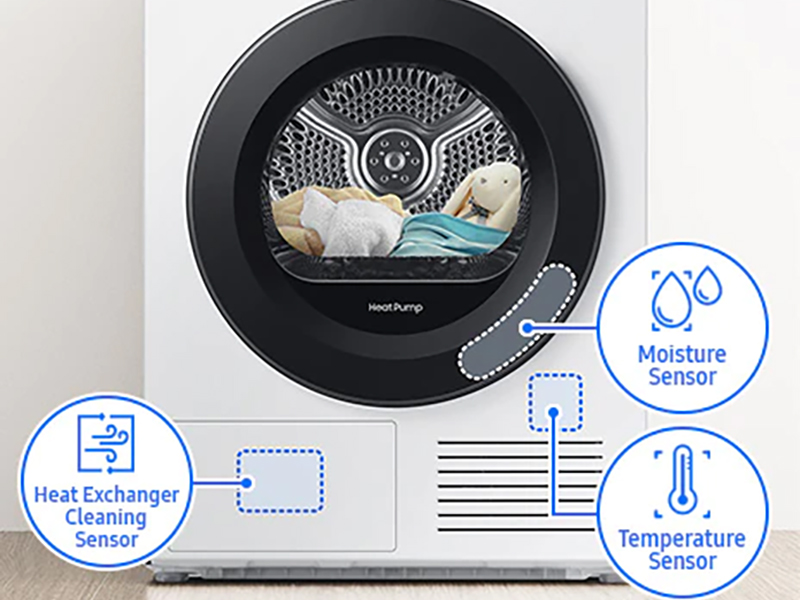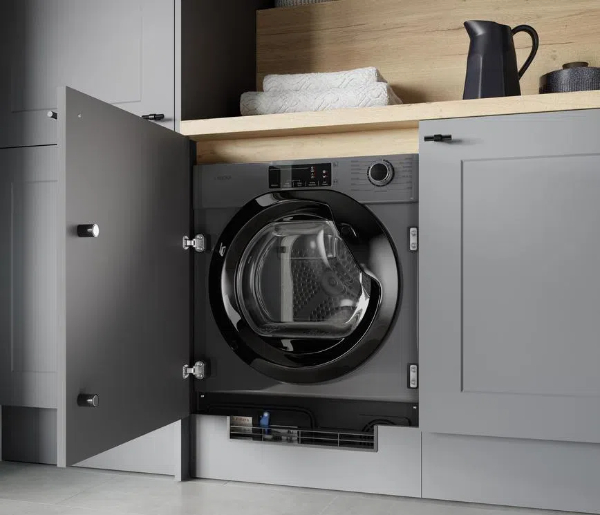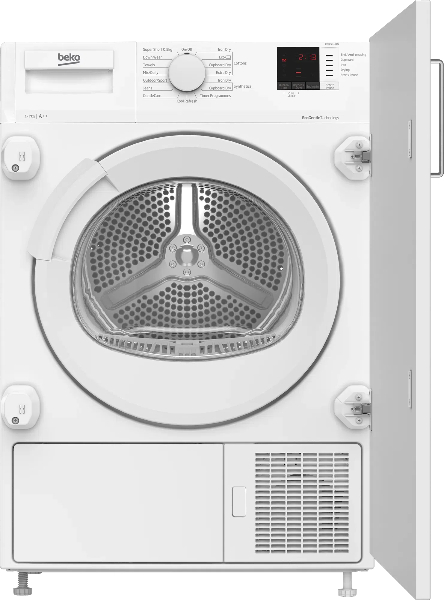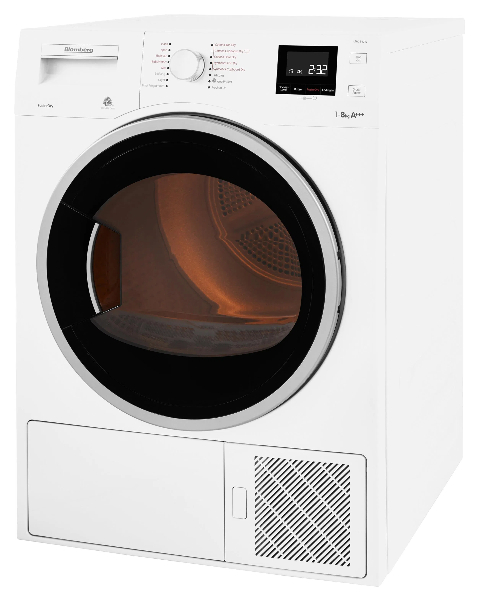
Content Menu
● Introduction
● Understanding Heat Pump Technology
● Key Benefits of Heat Pump Tumble Dryers
>> Energy Efficiency
>> Gentle Fabric Care
>> Environmental Impact
● Cost Considerations
>> Initial Investment
>> Long-term Savings
● Performance and Functionality
>> Drying Effectiveness
>> Operation and Maintenance
● Installation and Space Requirements
>> Location Considerations
>> Compatibility
● Smart Features and Technology
>> Modern Conveniences
>> User Experience
● Frequently Asked Questions
>> Q1: How long do heat pump tumble dryers take to dry clothes?
>> Q2: Do heat pump dryers need to be vented?
>> Q3: How much can I save on energy bills with a heat pump dryer?
>> Q4: Are heat pump dryers suitable for all types of clothing?
>> Q5: What is the expected lifespan of a heat pump dryer?
Introduction
In today's environmentally conscious world, the quest for energy-efficient home appliances has become increasingly important. Heat pump tumble dryers represent a significant advancement in laundry technology, offering a more sustainable approach to drying clothes. This comprehensive guide explores whether investing in a heat pump tumble dryer is truly worth it, examining their benefits, functionality, and long-term value.
Understanding Heat Pump Technology
Heat pump tumble dryers utilize innovative technology that sets them apart from conventional dryers. Instead of simply heating air and expelling it, these machines operate on a closed-loop system that recycles hot air. The process involves:
1. Air Circulation: Warm air circulates through the drum
2. Moisture Extraction: A heat exchanger removes moisture from the warm air
3. Heat Recovery: The system reuses the captured heat
4. Energy Conservation: Minimal energy is lost during the process

Key Benefits of Heat Pump Tumble Dryers
Energy Efficiency
The most significant advantage of heat pump dryers is their exceptional energy efficiency. These machines typically use about 50% less energy compared to conventional dryers, resulting in substantial savings on energy bills over time.
Gentle Fabric Care
Heat pump dryers operate at lower temperatures than traditional dryers, which means:
- Reduced risk of fabric damage
- Better color preservation
- Extended clothing lifespan
- Suitable for delicate items
Environmental Impact
The environmental benefits include:
- Lower carbon footprint
- Reduced energy consumption
- More sustainable operation
- Support for green living initiatives
Cost Considerations
Initial Investment
While heat pump dryers typically have a higher purchase price, the long-term savings often justify the initial investment. Factors to consider include:
- Purchase price comparison
- Installation costs
- Expected lifespan
- Energy savings potential
Long-term Savings
The economic benefits become apparent through:
- Reduced energy bills
- Lower maintenance costs
- Extended appliance lifespan
- Potential energy rebates

Performance and Functionality
Drying Effectiveness
Modern heat pump dryers offer:
- Consistent drying results
- Multiple program options
- Smart features and connectivity
- Improved moisture sensing
Operation and Maintenance
Regular maintenance requirements include:
- Filter cleaning
- Condenser unit maintenance
- Proper ventilation
- Periodic performance checks
Installation and Space Requirements
Location Considerations
Important factors include:
- Ventilation needs
- Space requirements
- Electrical connections
- Drainage options
Compatibility
Consider:
- Home layout
- Existing utilities
- Room temperature
- Humidity levels
Smart Features and Technology
Modern Conveniences
Advanced features often include:
- WiFi connectivity
- Smartphone control
- Program customization
- Energy monitoring
User Experience
Benefits for users include:
- Intuitive controls
- Program flexibility
- Quiet operation
- Status notifications

Frequently Asked Questions
Q1: How long do heat pump tumble dryers take to dry clothes?
A: Heat pump dryers typically take longer than conventional dryers, usually 2-3 hours for a full load. However, this longer drying time is offset by the energy savings and gentler treatment of clothes.
Q2: Do heat pump dryers need to be vented?
A: No, heat pump dryers don't require external venting. They operate on a closed-loop system that condenses moisture from the clothes and collects it in a water tank or drains it through a hose.
Q3: How much can I save on energy bills with a heat pump dryer?
A: Users can typically save 40-50% on energy costs compared to conventional dryers. The exact savings depend on usage patterns and local energy rates.
Q4: Are heat pump dryers suitable for all types of clothing?
A: Yes, heat pump dryers are actually gentler on clothes than conventional dryers due to their lower operating temperatures, making them suitable for most fabric types, including delicates.
Q5: What is the expected lifespan of a heat pump dryer?
A: With proper maintenance, heat pump dryers typically last 10-15 years, often longer than conventional dryers due to their more efficient and gentler operation.












